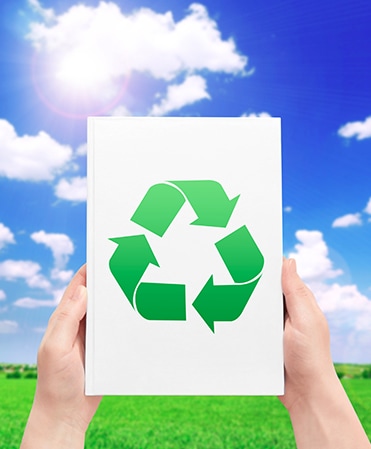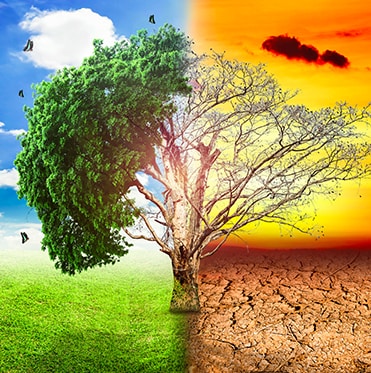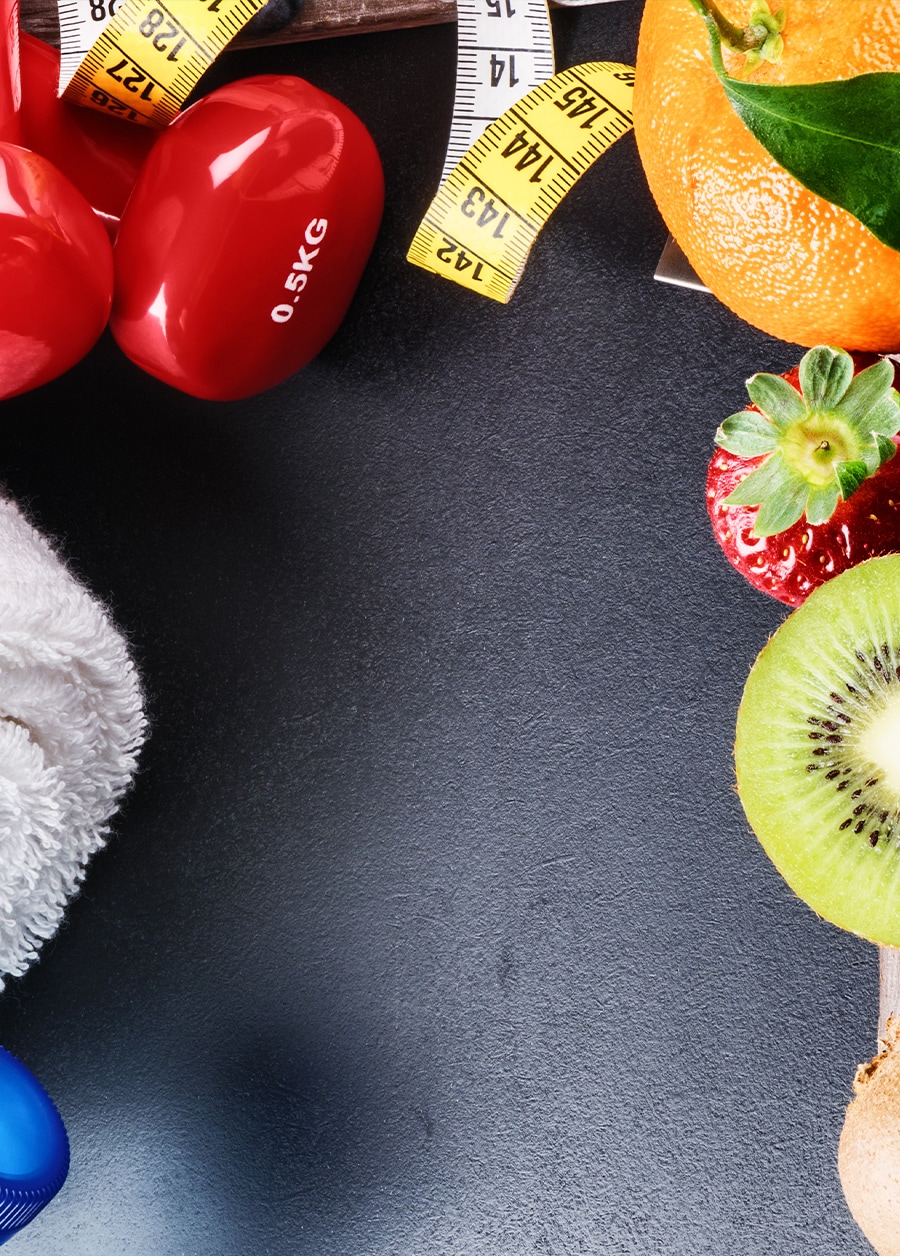Special Awareness Days
June 5th- World Environment Day

Ready to Order?
If you are ready to order, please contact Customer Service:
Telephone: 1 (800) 361-6128 Fax: 1 (800) 563-9196
Introduction
World Environment Day began in 1974 and is now widely celebrated in over 100 countries across the world. Each year, a different country hosts the events and gets to select a theme. In 2017, Canada hosted World Environment Day and selected the theme “Connecting people to nature.” This year, Korea is hosting the day and the theme they have selected is #BeatPlasticPollution. “If you can’t re-use, it, refuse it.”
Plastic pollution is growing and has a huge negative effect on the environment.
Here are some facts on plastic pollution:

- Food Chain: Plastic pollution upsets the food chain by poisoning even the tiniest organisms such as plankton that, in turn, affect other elements of the food chain.
- Water, Land, and Air Pollution: Leaking plastics and toxic waste are harming our marine life and compromising drinking water in many parts of the world. The burning of plastic releases toxic chemicals into the air and can compromise breathing and affect lung function.
- Animal Harm: Certain types of plastic packaging are a physical hazard for wild life, as animals and birds can become tangled and unable to survive. .
- Expense: It is becoming more difficult and more expensive to find places to put substances that can’t break down such as plastic, and it is also expensive to clean up our plastic-polluted environment.
Education Event Kit: Beat Plastic Pollution
Activity Bursts
(K-2) Recycling, Critical Thinking, Environmental Advocacy
Ask:
- What do you think the word pollution means?
- What examples of pollution can you name?
- What do you think people mean when they talk about “plastic pollution?”
Explain that our world is full of plastic. Have the children look around the classroom and identify everything that is made of plastic. Tell them that plastic was made to last forever — and it does! Ask students how that can be a good thing and a bad thing.
Plan a “Pick Up Plastic Day.”’ Invite parent volunteers and provide students with gloves and containers (non-plastic if possible) to collect any plastic waste from the schoolyard. If possible, extend the collection to the school neighbourhood, nearby park, or nature trail.
Once all of the items have been collected, make a giant mural by gluing all of the plastic waste to a large piece of mural paper. Label the display “Plastic Pollution” and post it in the lobby of the school.
Close by reminding students that it is important for them to continue to help the environment by reducing the amount of plastic they use. Here are some tips they can use at home, at school and in their community:

- Use their backpacks to carry things instead of a plastic bag.
- Be sure that everything they bring to school to eat or play with is in a re-useable container.
- Avoid using plastic straws. If they have a re-useable straw or a glass or stainless steel straw, they can take it with them when you go out to eat.
- Stop chewing gum! You are chewing plastic that ends up on the ground and then may contaminate our ground water that could end up harming our water system.
- Instead of using drink boxes, make juice from fresh fruit or just eat the fruit.
For more ideas on how to reduce plastic pollution visit here.
(3-5) Environmental Advocacy, Critical Thinking
Ask:
- Can you explain what “pollution” means? Is it something that happens by itself, or is it something people do?
- What kinds of things pollute our environment?
- Have you ever heard of “plastic pollution?” What do you think it means?
- What plastic items do people use every day” (Word map or brainstorm)
- Why do you think people use so much plastic?
Explain that plastic is an amazing substance because it can last forever. It is also a pollutant because it can last forever!
Tell the children that the plastic bags we use daily can take up to 1,000 years to break down or decompose in our landfills and garbage dumps. And the plastic bottles we use can take up to 450 years or more to decompose!
Watch this TED-Ed video “What really happens to the plastic you throw away”:
Ask:
- What did you learn from this video?
- What happens to many plastics when they finally break down?
- Why are these little plastic beads that are released when plastic breaks down harmful to the environment?
In small groups ask students to brainstorm all the things that they can do at home, at school, and in their community to reduce plastic pollution.
Additional ideas:
- Contact the manager of a local grocery or hardware store and arrange a field trip to have students make lists of all the plastic items they can find.
- Ask students to take an inventory at home to see what kinds of plastic items their family uses. Have them bring the data to school and present the information on a chart or graph.
- Have the class create posters or announcements to heighten the awareness of plastic pollution for other students and teachers in the school.
- Encourage students to be ambassadors for reducing plastic pollution. Ask them to promote the use of re-useable containers for drinks at sporting events and other community activities.
(6-8) Environmental Advocacy, Critical Thinking
Ask:
- What do you do at home, at school and in the environment to reduce, re-use, and recycle? Share answers.
- Have you heard of “plastic pollution?” Why do you think environmentalists are concerned about it?
- Have any of you ever heard of the Great Pacific Garbage Patch?
- What do you think it is?
Watch the following video about the Great Pacific Garbage Patch here.
Here are some facts to share with your students:
According to a study done by Greenpeace Canada,
- 90% of seabirds have plastic in their stomachs.
- One in three sea turtles have eaten plastic.
- Over half of all whales and dolphins have ingested plastic.
- Off the coast of British Columbia, zooplankton (some of the tiniest creatures in the food chain) are showing signs of plastic ingestion.
- Canada has generated around 3 tons of plastic waste a year, and only 10-12 per cent of that is actually recycled.
In order to stop destroying our environment with plastics, we need to be part of the solution, not the problem.
Invite students to work alone, in pairs, or in small groups to come up with a slogan and campaign that will remind everyone of the importance of reducing plastic use. They may select a target group, such as the school, industry or local government.
The campaign can be anything they choose. Here are some ideas:
- A letter to the editor of the local paper explaining plastic pollution and the importance of reducing plastic waste.
- A poster or flyer that catches the eye of consumers and reminds them to reduce plastic use.
- A community clean-up of discarded plastic containers in parks, playgrounds, and community centres followed by graphing data about what items were the most commonly found.
- A radio commercial highlighting the need to act now to stop plastic pollution. (Some local radio stations will invite you to reach the public with your message.)
- A large sign at the grocery store or food market that says something like “Oops! Did you forget your re-useable bags in your car?”
Most importantly, carry this conversation beyond the classroom. Challenge students to be ambassadors to reduce plastic pollution!




